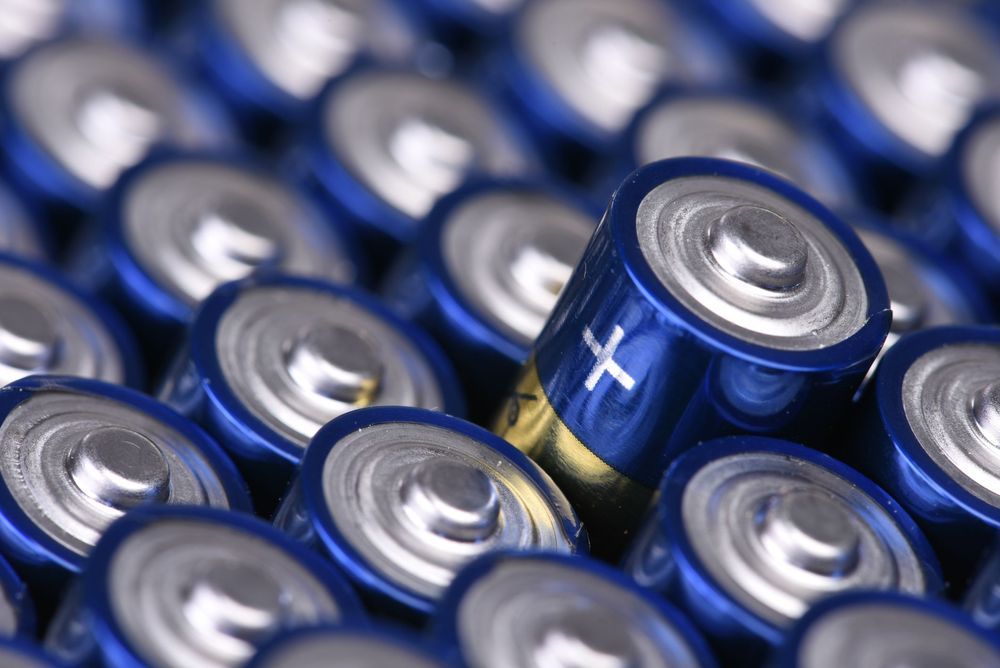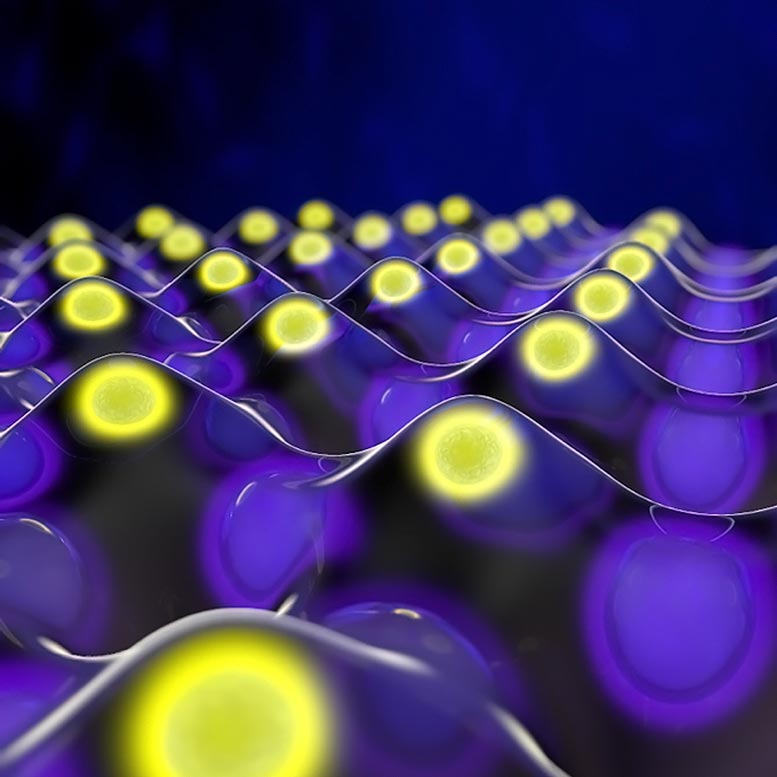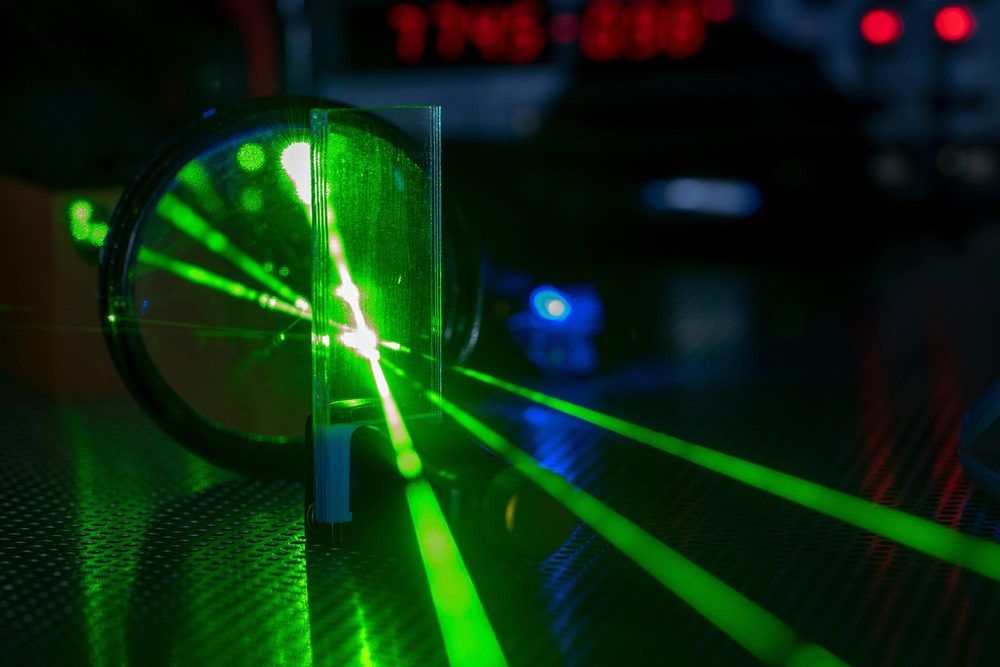Could be used for quasar propulsion: 3.
It seems the universe has an odd sense of humor. While a crown-encrusted virus has run roughshod over the world, another entirely different corona about 100 million light years from Earth has mysteriously disappeared.
For the first time, astronomers at MIT and elsewhere have watched as a supermassive black hole’s own corona, the ultrabright, billion-degree ring of high-energy particles that encircles a black hole’s event horizon, was abruptly destroyed.
The cause of this dramatic transformation is unclear, though the researchers guess that the source of the calamity may have been a star caught in the black hole’s gravitational pull. Like a pebble tossed into a gearbox, the star may have ricocheted through the black hole’s disk of swirling material, causing everything in the vicinity, including the corona’s high-energy particles, to suddenly plummet into the black hole.








